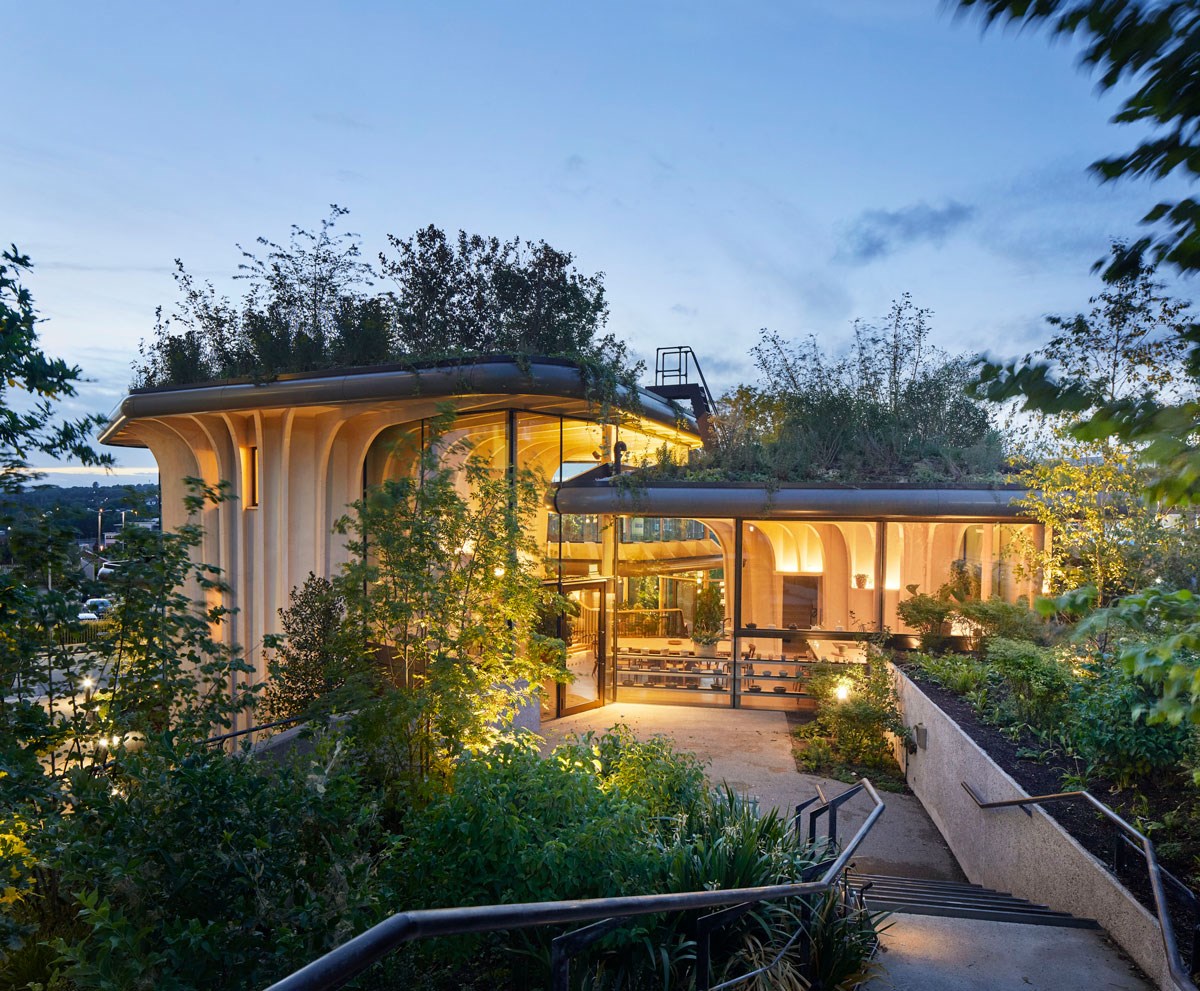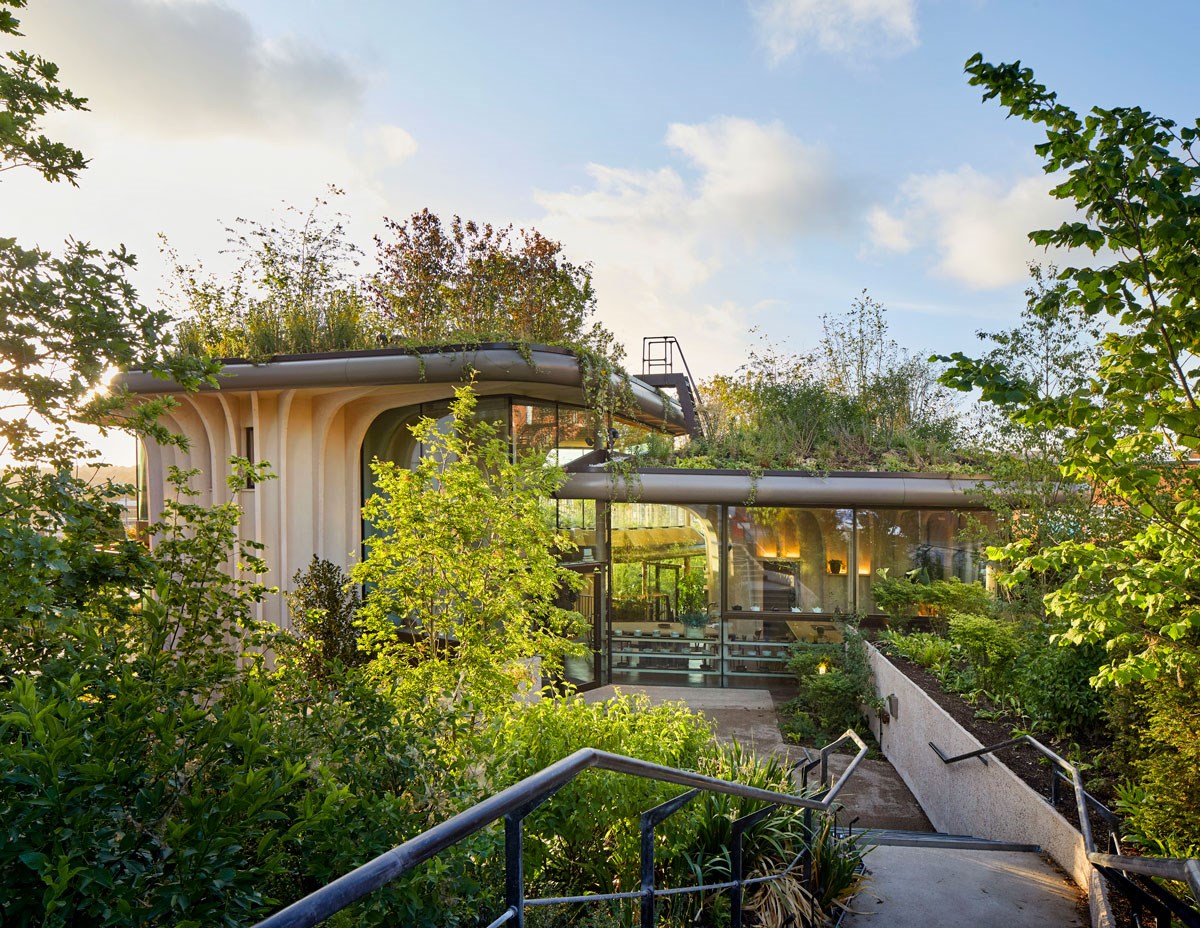
We want to congratulate the winner of this year’s World Architecture Festival Best Use Of Natural Light Prize: Maggie’s Leeds (UK), designed by London-based Heatherwick Studio.
The Best Use of Natural Light Prize, supported by VELUX, was selected for its positive impact on human well-being, performance, and joy.
Maggie's Leeds was selected from a shortlist of eight outstanding projects from around the world.
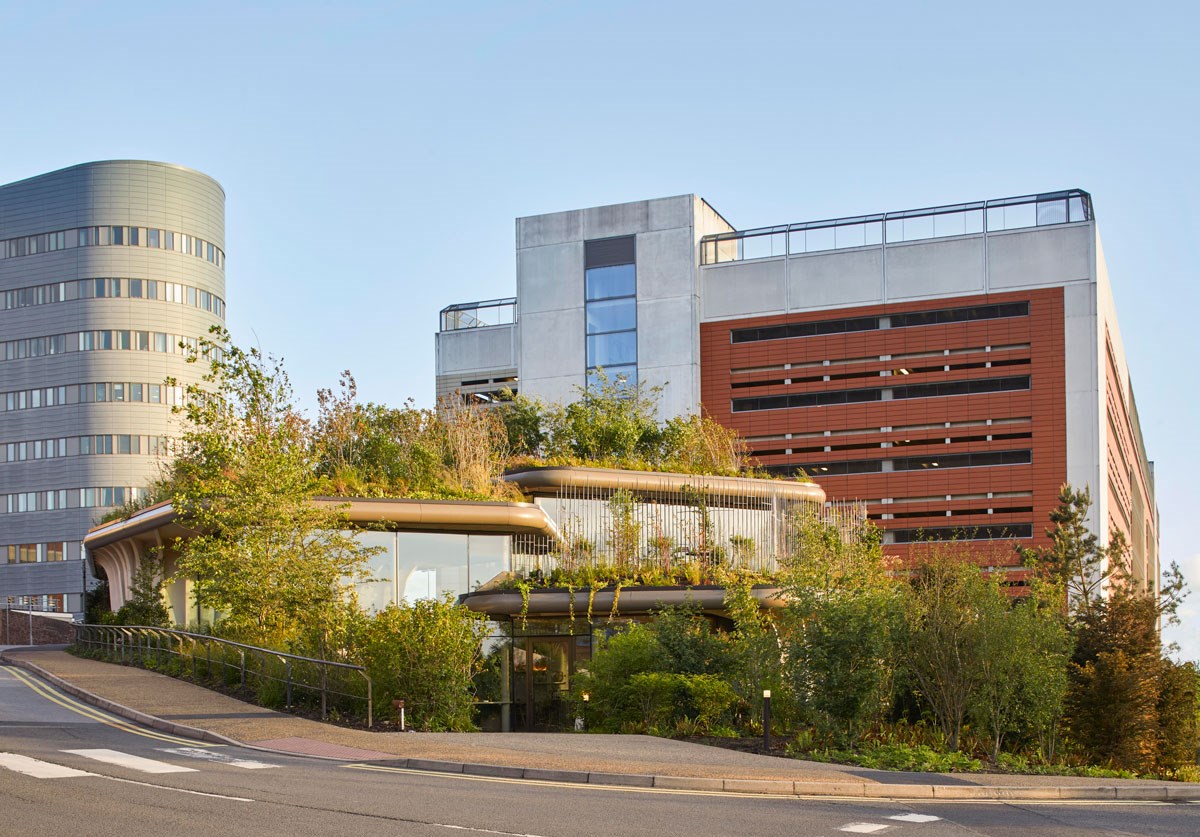
Batlleiroig's Doctor's Without Borders Corporate Headquarters building in Barcelona was awarded the honourable mention prize.
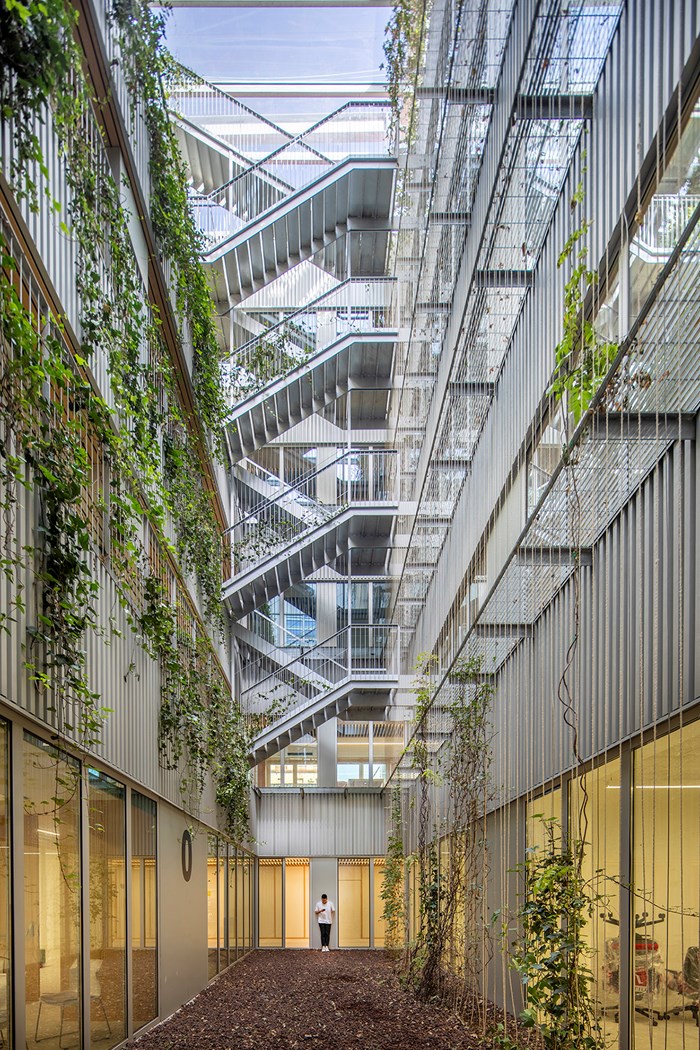
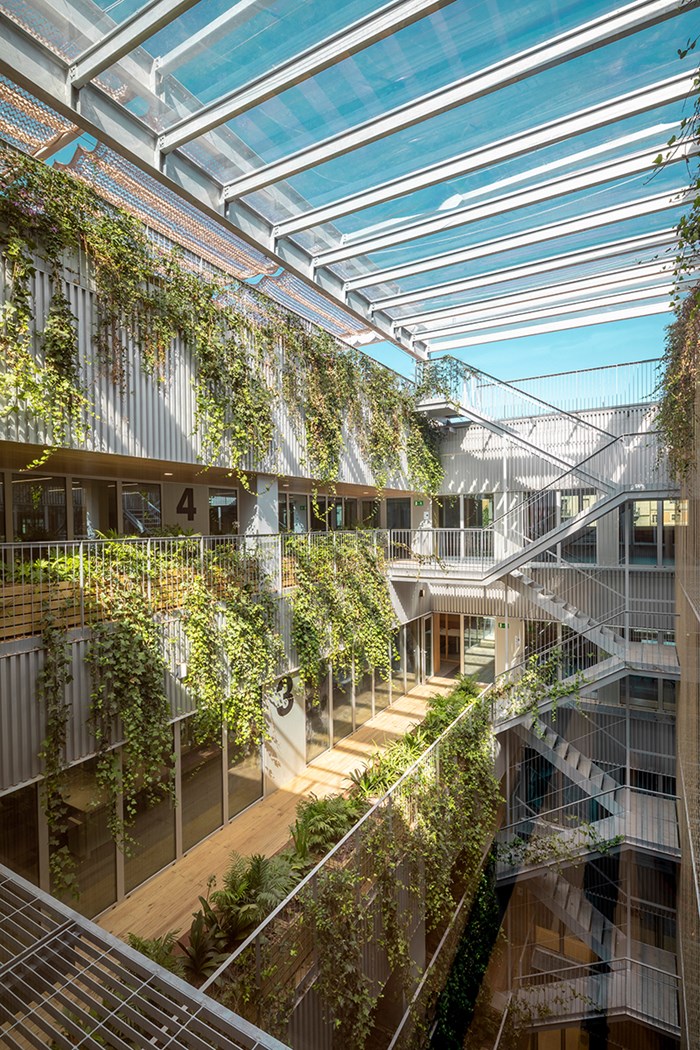
About the winning project
Maggie’s, a charity that provides support for people affected by cancer, commissioned the studio to create its new centre on the campus of St James’s University Hospital in Leeds. The centre needed to be a welcoming place for visitors that would offer a respite from the clinical environment of the hospital. It would include a library, counselling rooms and informal seating areas. Set in the midst of medical buildings, the site was one of few green spaces left on the campus. The studio decided to preserve and accentuate this space by creating the structure out of the garden itself, raising up the planted surface…The rooftop garden is inspired by Yorkshire woodlands and features native English species of plants, alongside areas of evergreen to provide warmth in the winter months.
(Project text from Heatherwick Studio)
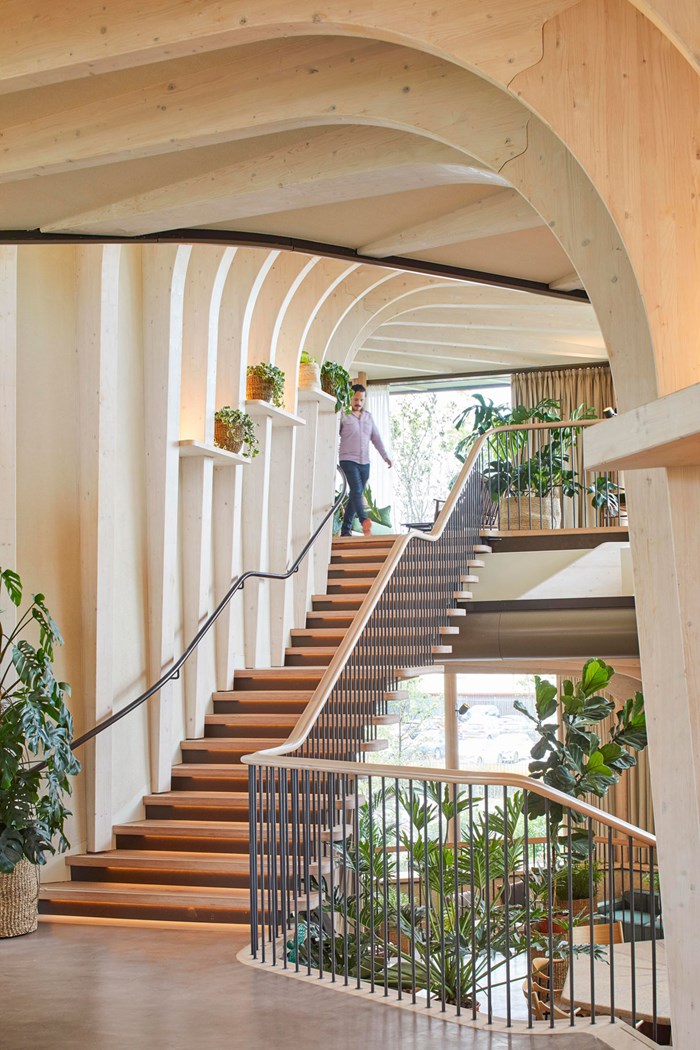
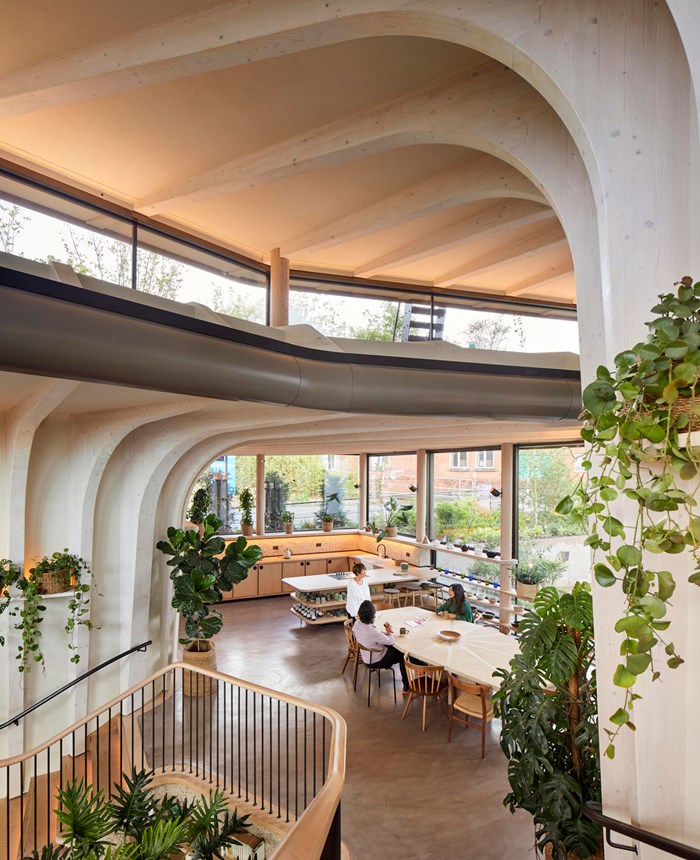
About Heatherwick Studio
Heatherwick Studio is a team of over 200 problem solvers dedicated to making the physical world around us better for everyone. Based out of our combined workshop and design studio in Central London, we create buildings, spaces, master-plans, objects and infrastructure. Focusing on large scale projects in cities all over the world, we prioritise those with the greatest positive social impact.
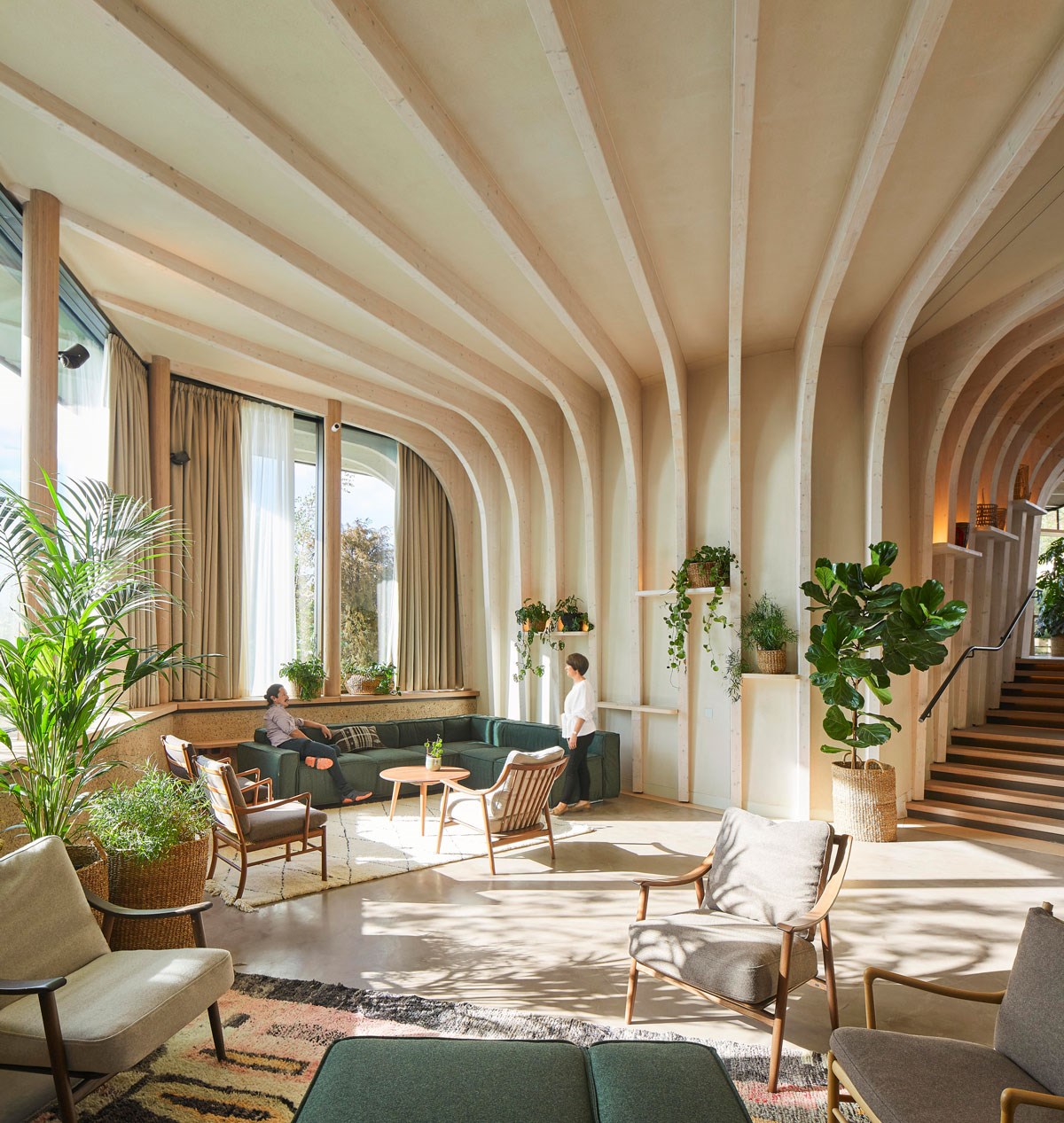
Judges comments of the winner
The project starts with a set of restrictive conditions: the location of the plot, building constraints, and limited sunlight. But it manages to turn these conditions into opportunities, and through a skilful use of manmade and natural materials together with a calculated strategy for views and daylight, it delivers an unusual project that connects with its users. The biophilic design, combining vegetation and wood, creates a unique experience in the Maggie’s Center, where the scarcity of the natural light, as a material, pushes the architects to do more with less.
